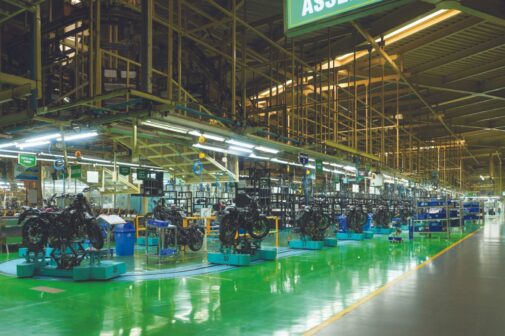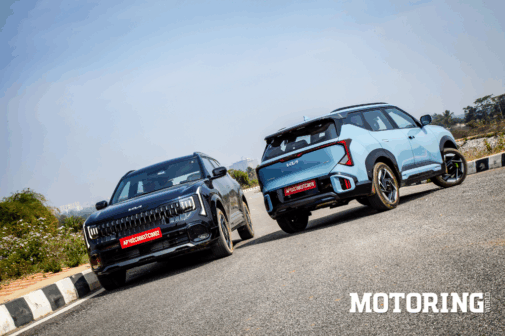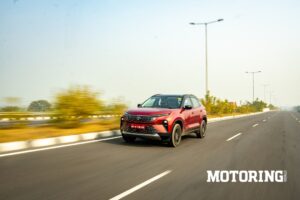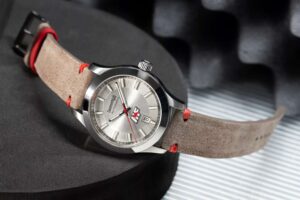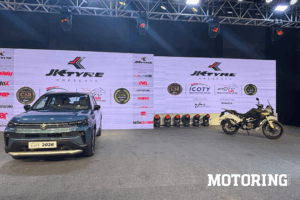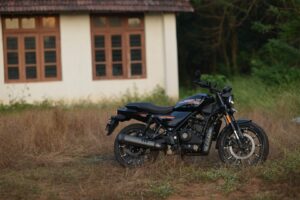It is not often that we get to see the inner workings of an automotive manufacturing unit, and manufacturers are generally very secretive about what happens on the assembly line. Harley-Davidson was game enough to take us all the way to the Hero Motocorp Neemrana plant in Rajasthan to give us an insight as to what goes into making a Harley-Davidson for India, in India.
Known by the moniker ‘garden factory’, it was established in 2014, adhering to the strictest ecological standards and founded on the fundamentals of sustainable development. Situated in the north-eastern region of Rajasthan, the factory occupies a total area of 47 acres and offers both direct and indirect employment opportunities in the area. It also boasts 20 to 30 per cent gender
diversity across various sections of the facility.
We were given the option of riding the new Harley-Davidson X440 from Sohna to the garden factory, and that is just what we did. The ride consisted of long stretches of straight highways, a few winding roads, lush green fields on both sides for most of the way and short stints of crowded town roads in between. The X440 navigated comfortably through it all. It managed to keep a good three-figure pace along the straight sections while dipping into corners so confidently that the pegs scraped through almost every turn. Being an air-cooled single-cylinder engine, it did tend to pick up a bit of heat as we were slowed down by the morning traffic in certain areas. But overall, the heat management was not bad at all and it was a chill, smooth ride for the most part.
Once we reached the garden factory, we parked the motorcycles and traded in our helmets for a pair of headsets for a guided tour of the facility. Heavy emphasis was given to the fact that the garden factory has several environmentally friendly features positive pressure to keep the shop floor dust-free. Isn’t that interesting?
The garden factory plant prides itself on having a substantial amount of greenery, including a total of 20 green walls having more than 60,000 plants to produce oxygen for the people working inside it. Adding to that, it also has hydroponics-based greenhouses on the rooftop for multiple varieties of vegetables like tomatoes, cucumbers, and so on for the plant kitchen. Pretty self-sufficient system, I say.
Coming to the technology utilised in the plant, the garden factory is equipped with a fully automated robotics line in machining sections and the latest tools and technology in all the shops to produce quality products. It also makes use of an automated storage and retrieval system (ASRS), which is a fully automated vehicle storage system unique to the Indian two-wheeler sector. Its multi-storey rack system uses a combination of four stackers, racks and pallets enabled with barcodes and RFID systems for the storage of vehicles. It works to adhere to the concept of first in, first out (FIFO), where uniformity of product dispersal is maintained.

The assembly line for the X440 was a treat to watch in itself, as we watched the technicians build the motorcycles from the ground up with meticulous precision, followed by stringent quality checks. We also saw a batch of Hero Mavricks all covered up, and when asked about it, we were told that a parallel assembly line
is being worked on, so shush! It is generally hard to imagine what goes into making a motorcycle. The processes involved, the way everything has to fall perfectly into place for metal, plastic and rubber to come together and form
a symphony on two wheels. It is almost as beautiful as riding the motorcycle itself. Almost.











